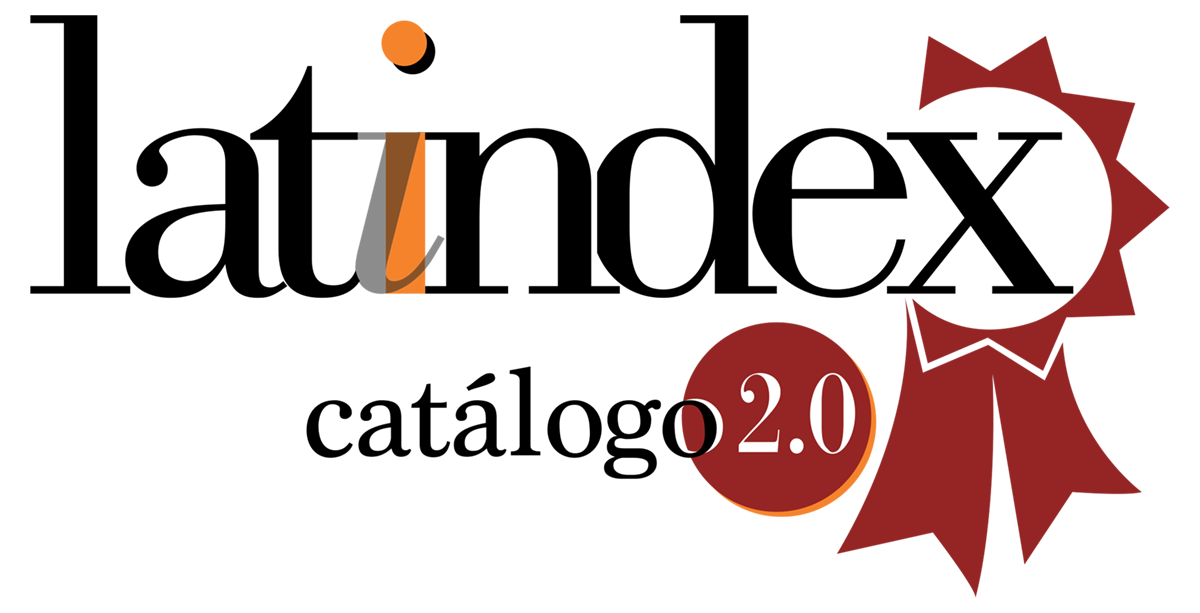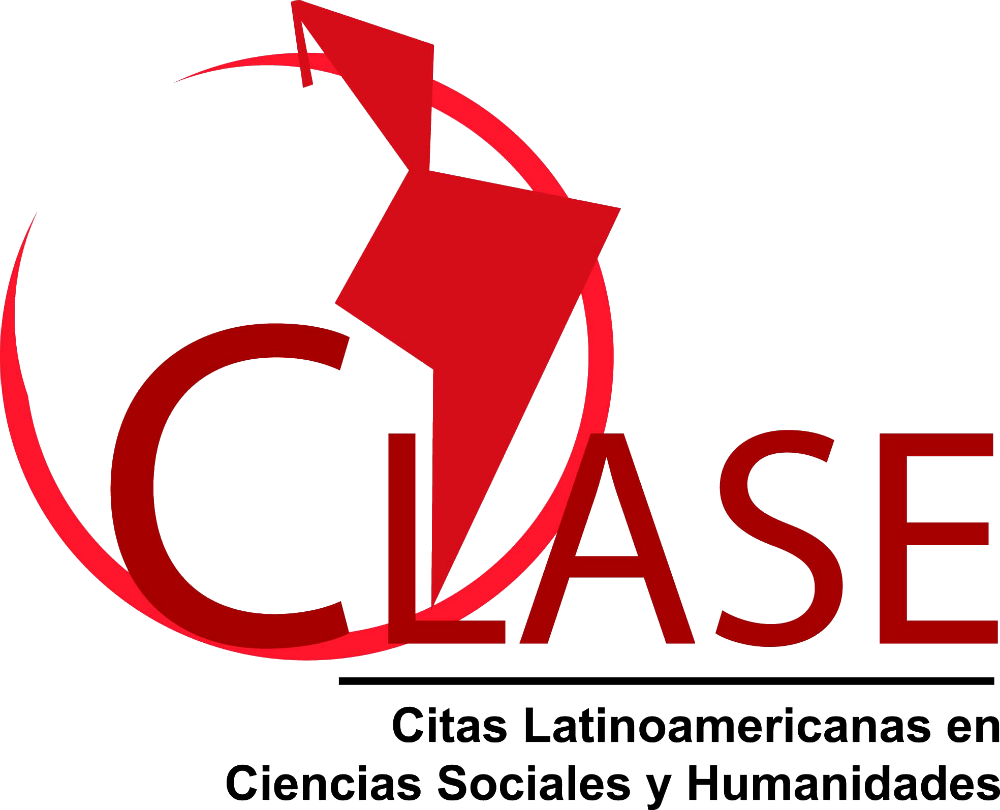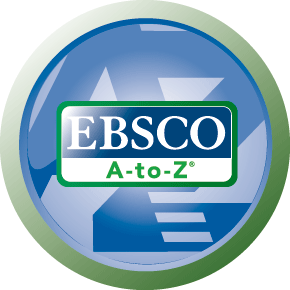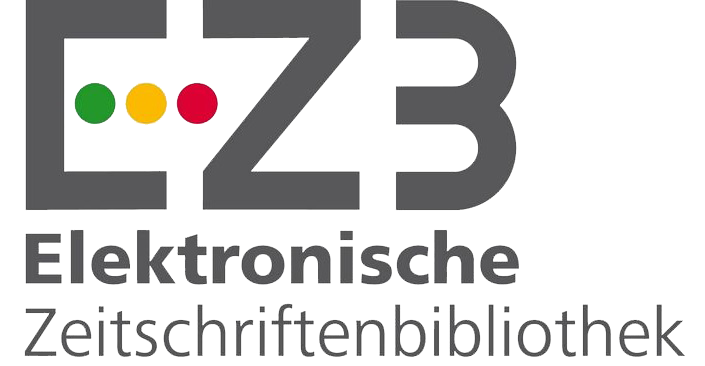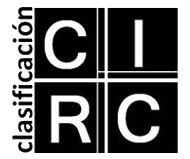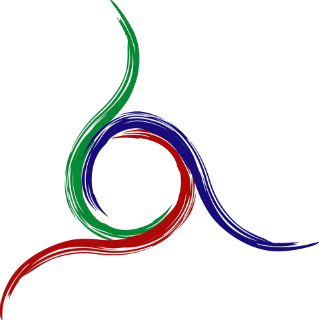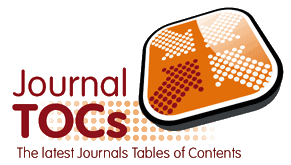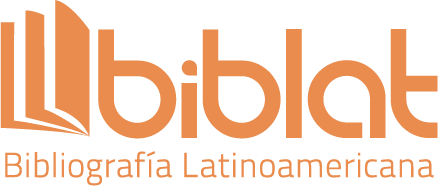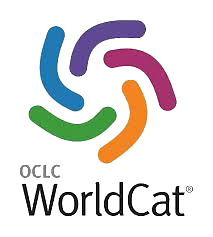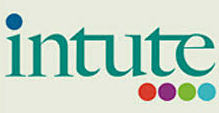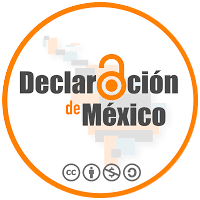The Construction of Argentina’s National Identity Discourse: The Story of Meat
DOI:
https://doi.org/10.24215/16696581e233Keywords:
Discourse, Frame, Carnism, MultimodalityAbstract
Social representations that we build and reproduce through discourses construct frames and stories that limit our possibilities of action in daily life. The Story of Meat (Adams, 1990) is the framework that has governed the carnist perspective in Argentina since its founding as a nation and is part of the collective identity of the country. This framework has been built through the two hundred years of the Nation’s history and involves all circulating discourses in the country.
The present work adopts Critical Discourse Analysis as main theoretical from the perspective proposed by Ecolinguistics (Stibbe, 2015). We will use the analysis tools proposed by Lakoff (2004, 2010) and Kress and van Leeuwen (2006). Our aim is to analyze the construction of the carnist identity frame through verbal and multimodal speeches from different eras and present alternative discourses.
Downloads
References
Alberdi, J. B. (2017)[1852]. Bases y puntos de partida para la organización política de la República Argentina. Buenos Aires: Biblioteca del Congreso de la Nación.
Althusser, L. (1971). Lenin and Philosophy and other Essays. Harlow: Longman Group Limited.
Andrews, J. (1827). Journey from Buenos Aires, through the provinces of Cordova, Tucuman, and Salta, to Potosí. London, John Murray.
Beaumnt, J. (1828). Travels in Buenos Aires, and the Adjacent Provinces of The River of La Plata with observations. London: James Ridgway.
Berger, P. y Luckmann, T. (2003) [1968]. La construcción social de la realidad. Buenos Aires: Amorrortu.
Bond Head, F. (1826). Rough Notes taken during some rapid journeys across the Pampas and among the Andes. London: John Murray.
Caldcleugh, A. (1825). Travels in South America During the Years 1819-20-21. London: John Murray.
Davel de Deambros, R. (1949). Aleteos. Segundo libro de lectura. Buenos Ares: Ángel Estrada y Cía. Editores. .
Echeverría, E. (1870). La cautiva. Buenos Aires: Imprenta y Librería de Mayo.
Echeverría, E. (1872). El matadero. Buenos Aires: Imprenta y Librería de Mayo.
Hadas, M. (1948). Aeneas and the tradition of national hero. The American Journal of Philology, Vol. 69. No. 4, pp. 408-414.
Hart, C. (2014). Discourse, Grammar and Ideology. London: Bloomsbury
Kress, G. & van Leeuwen, T. (2006). Reading Images: the grammar of visual design. London: Routledge.
Lakoff, G. (2010). Why it matters how we frame the environment. En Environmental Communication, 4; 1, 70-81.
Lakoff, G. (2014) [2004] Don’t think of an elephant! Know Your Values and Frame the Debate. Vermont: Chelsea Green Publishing.
Midgley, M. (2003). Myths We Live By. London: Routledge.
Miers, J. (1826). Travels in Chile and La Plata. London: Baldwin.
Pelliza, M. (1885). El Argentino. Texto de lectura. Buenos Aires: Igon Hermanos, Editores.
Prieto, A. (1996). Los viajeros ingleses y la emergencia de la literatura argentina, 1820-1850. Buenos Aires: Editorial Sudamericana.
Raiter, A. (2003). Lenguaje y sentido común. Buenos Aires: Biblos.
Sarmiento, Domingo, F. (1993)[1845]. Facundo o Civilización y barbarie. Introducción de Carlos Altamirano. Bs. As., Espasa Calpe - Colección Austral.
Stibbe, A. (2015). Ecolinguistics: Language, Ecology and the Stories We Live By. London: Routledge.
Stibbe, A. (2001). Language, power and the social construction of animals. En: Society & Animals, Volume 9: Issue 2.
van Dijk, T. (1999). El análisis crítico del discurso. En: Anthropos (Barcelona), 186, septiembre-octubre, pp. 23-36.
Whorf, B. L. (1956). Language, Thought, and Reality. Cambridge, Massachusetts: Technology Press of Massachusetts Institute of Technology.
Downloads
Published
How to Cite
Issue
Section
License
La aceptación de un original por parte de la revista implica la cesión no exclusiva de los derechos patrimoniales de los/as autores/as en favor del editor, quien permite la reutilización, luego de su edición (postprint), bajo una Licencia Creative Commons Atribución-NoComercial-CompartirIgual 4.0 Internacional (CC BY-NC-SA 4.0)
Acorde a estos términos, el material se puede compartir (copiar y redistribuir en cualquier medio o formato) y adaptar (remezclar, transformar y crear a partir del material otra obra), siempre que a) se cite la autoría y la fuente original de su publicación (revista y URL de la obra), b) no se use para fines comerciales y c) se mantengan los mismos términos de la licencia.
La cesión de derechos no exclusivos implica que luego de su edición (postprint) en Question las/os autoras/es pueden publicar su trabajo en cualquier idioma, medio y formato; en tales casos, se solicita que se consigne que el material fue publicado originalmente en esta revista.
Tal cesión supone, también, la autorización de los/as autores/as para que el trabajo sea cosechado por SEDICI, el repositorio institucional de la Universidad Nacional de La Plata, y sea difundido en las bases de datos que el equipo editorial considere adecuadas para incrementar la visibilidad de la publicación y de sus autores/as.
Asimismo, la revista incentiva a las/os autoras/es para que luego de su publicación en Question depositen sus producciones en otros repositorios institucionales y temáticos, bajo el principio de que ofrecer a la sociedad la producción científica y académica sin restricciones contribuye a un mayor intercambio del conocimiento global.







